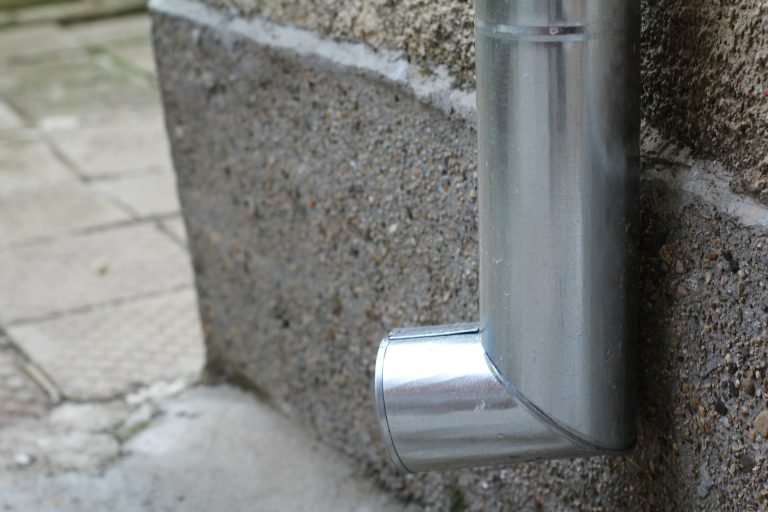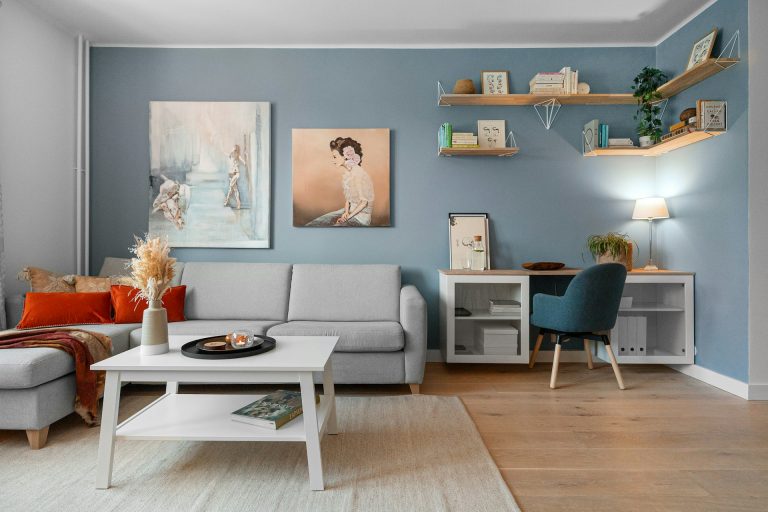How to Future-Proof Your Home and Cut Energy Costs

Tired of rising utility bills and unpredictable weather wrecking your budget? You’re not alone. More people are starting to realize that saving energy isn’t just good for the planet—it’s good for your wallet, too. The best part? You don’t need a major renovation to see real results. A few smart upgrades can go a long way toward lowering costs and increasing comfort.
In Richmond, the push for energy efficiency is gaining momentum. According to the U.S. Energy Information Administration, Virginia residents spend an average of $141.63 per month on electricity, slightly above the national average of $136.84. Many houses in the area are being retrofitted with smart systems, better insulation, and eco-friendly upgrades. As energy costs continue to rise, taking steps to make your space more efficient isn’t just smart—it’s necessary.
Upgrade to Smart Thermostats
Heating and cooling use the most energy in most households. Smart thermostats help cut waste by learning your schedule and adjusting temperatures automatically. You don’t have to remember to turn things down before bed or when you leave for work.
These devices also let you control settings remotely from your phone. Over time, this convenience turns into savings. Plus, many models provide helpful energy reports so you can see where adjustments make the most difference.
Invest in Renewable Energy Sources
Switching to renewable energy is one of the most effective ways to reduce your utility bills over time. Solar power systems are cleaner, more reliable, and can even increase your property value. You start saving the moment your system is active.
If you’re considering making the switch, start by contacting trusted solar panel installers in Richmond that offer tailored solutions that match your budget and energy needs. They help with system design, financing options, and installation, making it easier to adopt solar and enjoy the long-term benefits.
Seal and Insulate Your Home Properly
Gaps around windows, doors, and even attic hatches can let out heated or cooled air. That means your HVAC system has to work harder, driving up energy use. Sealing leaks with weatherstripping and adding proper insulation, especially in the attic and basement, can make a big difference. It’s one of the easiest ways to boost comfort and reduce energy loss. Even older buildings benefit from updated insulation, making them more efficient year-round. Many homeowners qualify for free energy grants or rebates to help cover the cost of weatherization and insulation improvements. These initiatives often prioritize low- to middle-income households, but some incentives are available to all residents. Learn more about free energy grants to save money on insulation and sealing upgrades.
Switch to Energy-Efficient Appliances

Old appliances may still work, but often use more electricity than necessary. Replacing them with ENERGY STAR-rated models can help lower your bills. Modern appliances like refrigerators, dishwashers, and washers use less power and water while doing the same job. If you can’t replace everything at once, start with the oldest or most-used item. The savings will add up, and your space will run more efficiently with each upgrade.
Replace Old Windows with Double or Triple-Pane Glass
Single-pane windows are no match for changing weather. Upgrading to double or triple-pane glass adds an extra barrier against heat and cold. These windows maintain steady indoor temperatures, which means your heating and cooling systems don’t have to work as hard. That leads to lower usage and a more comfortable living space. Though the upfront cost can be higher, the savings over time make it a smart long-term investment.
Use LED Lighting Throughout the House
Lighting might seem like a small detail, but it adds up fast. Swapping out older bulbs for LEDs is a quick win. LED lights use up to 75% less energy and last much longer than incandescent or halogen options. That means fewer replacements and lower electricity bills over time.
They also come in a wide range of colors and brightness levels, so you don’t have to sacrifice comfort or design. It’s one of the easiest and most affordable upgrades you can make.
Install Low-Flow Water Fixtures
Heating water takes energy, and wasting it only adds to the cost. Low-flow faucets, showerheads, and toilets help reduce water usage without changing your daily habits. These fixtures are easy to install and can make a noticeable difference in both water and energy consumption.
You’ll use less hot water while still getting the pressure you’re used to. Pairing these with a high-efficiency water heater can maximize your savings even more. It’s a smart way to conserve resources and cut costs at the same time.
Set Up a Monitoring System
Knowing how and when you use electricity can help you make better decisions. Monitoring systems give real-time feedback on your usage, down to individual appliances. With this insight, spotting what’s driving up your bills and where you can cut back is easier.
Some systems even suggest changes to improve efficiency. The data can be accessed through a smartphone app, making it easy to track progress and adjust as needed. More awareness means smarter habits—and lower monthly costs.
Landscape for Shade and Efficiency
Landscaping isn’t just for looks—it can help regulate your space’s temperature. Planting trees or tall shrubs near windows provides natural shade and reduces heat buildup during warmer months. In the winter, evergreen trees can help block cold winds.
This kind of natural insulation can ease the strain on your HVAC system, especially during peak seasons. A well-planned landscape adds value to your property while supporting energy efficiency.
Schedule Routine HVAC Maintenance
Your heating and cooling system plays a major role in your energy use. If it’s not running efficiently, your bills can creep up quickly. Scheduling regular maintenance, like changing filters, cleaning vents, and checking for wear, helps prevent problems before they start.
It also keeps the system running smoothly year-round. A well-maintained HVAC setup lasts longer and uses less energy. Just one or two service visits a year can make a noticeable difference in both performance and cost.
Future-proofing your space doesn’t mean expensive upgrades or major renovations. You can cut costs and live more efficiently with a few practical changes. Whether you start with lighting, insulation, or solar, each step makes a difference. Focus on one improvement at a time, and you’ll build a more sustainable and budget-friendly lifestyle—without the stress. These upgrades pay off in comfort, savings, and peace of mind.






